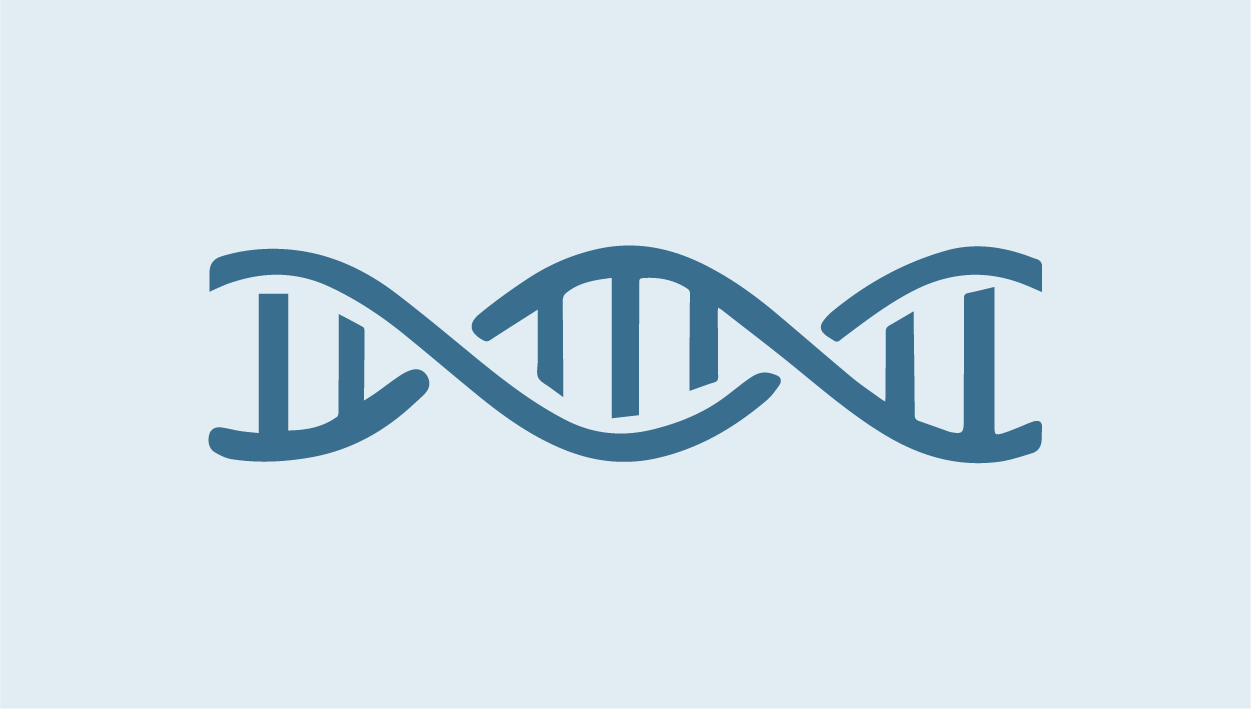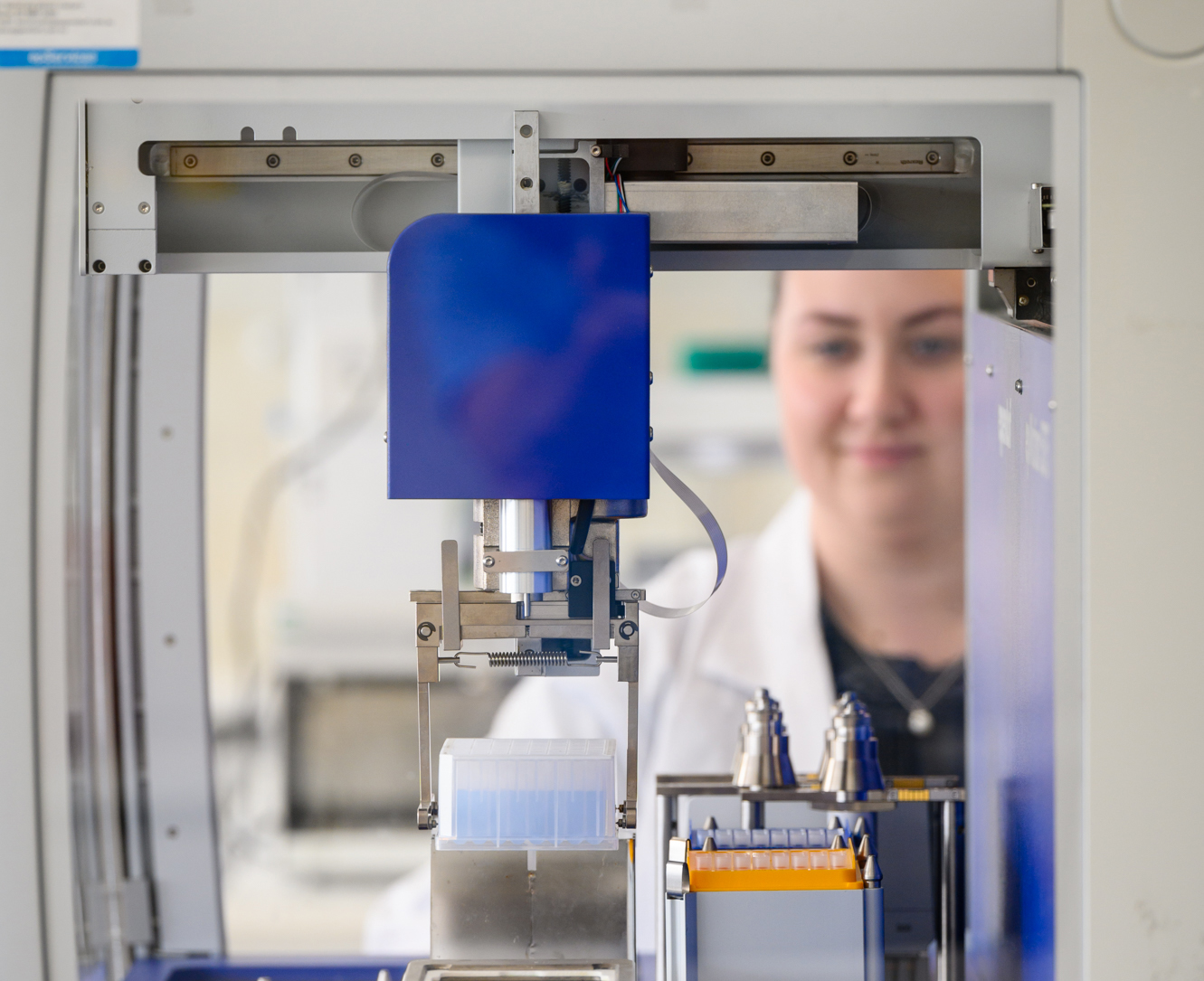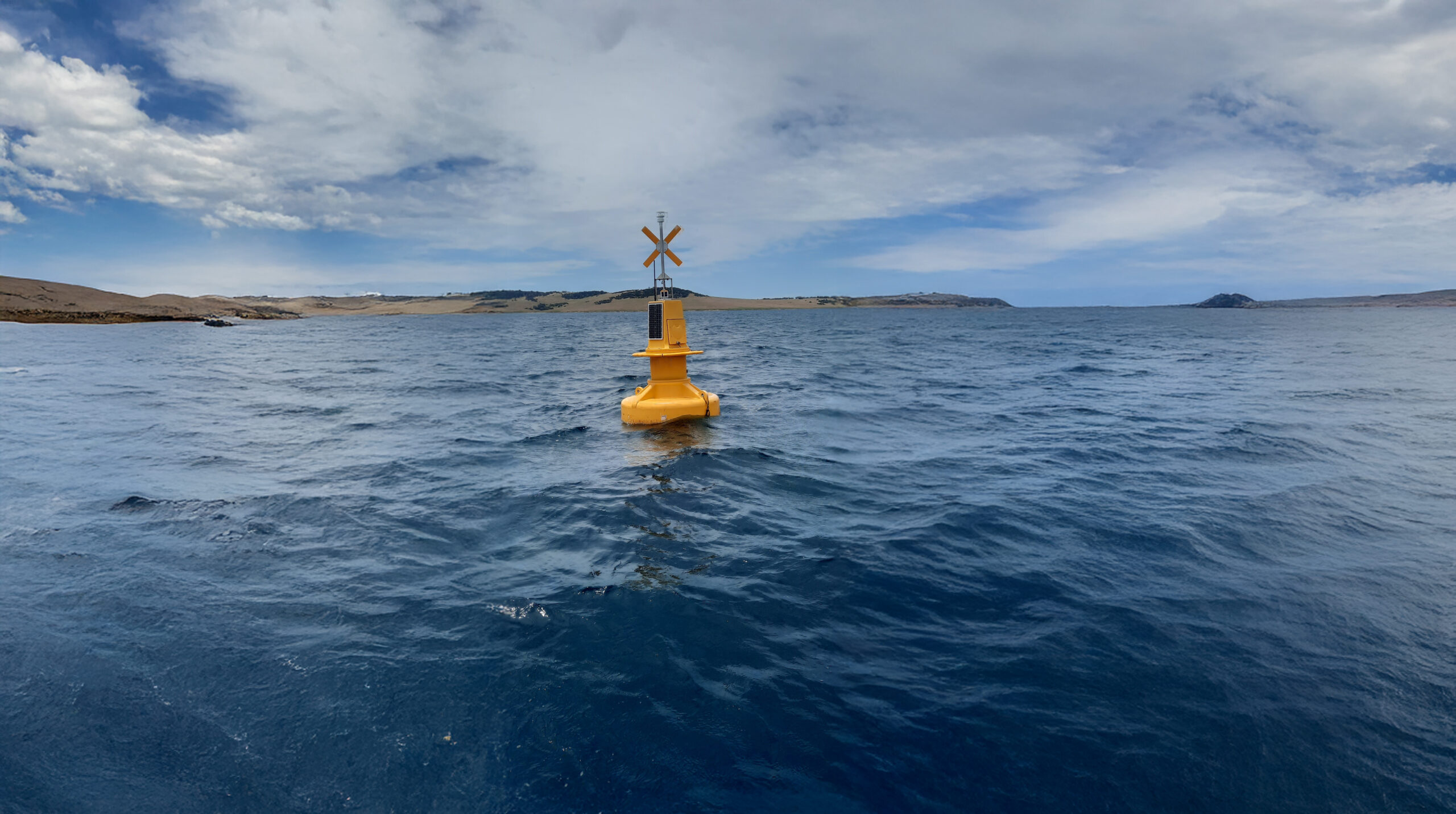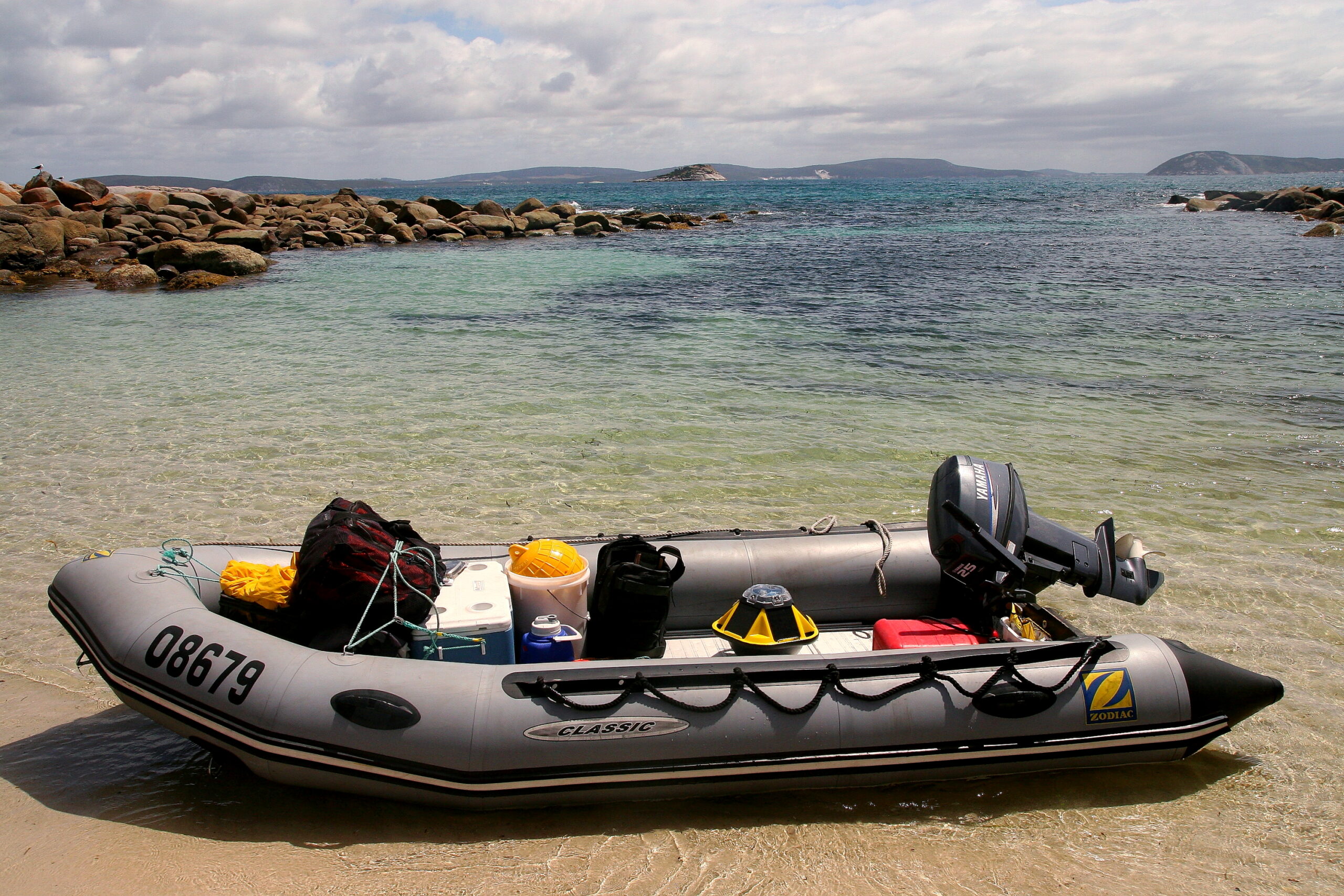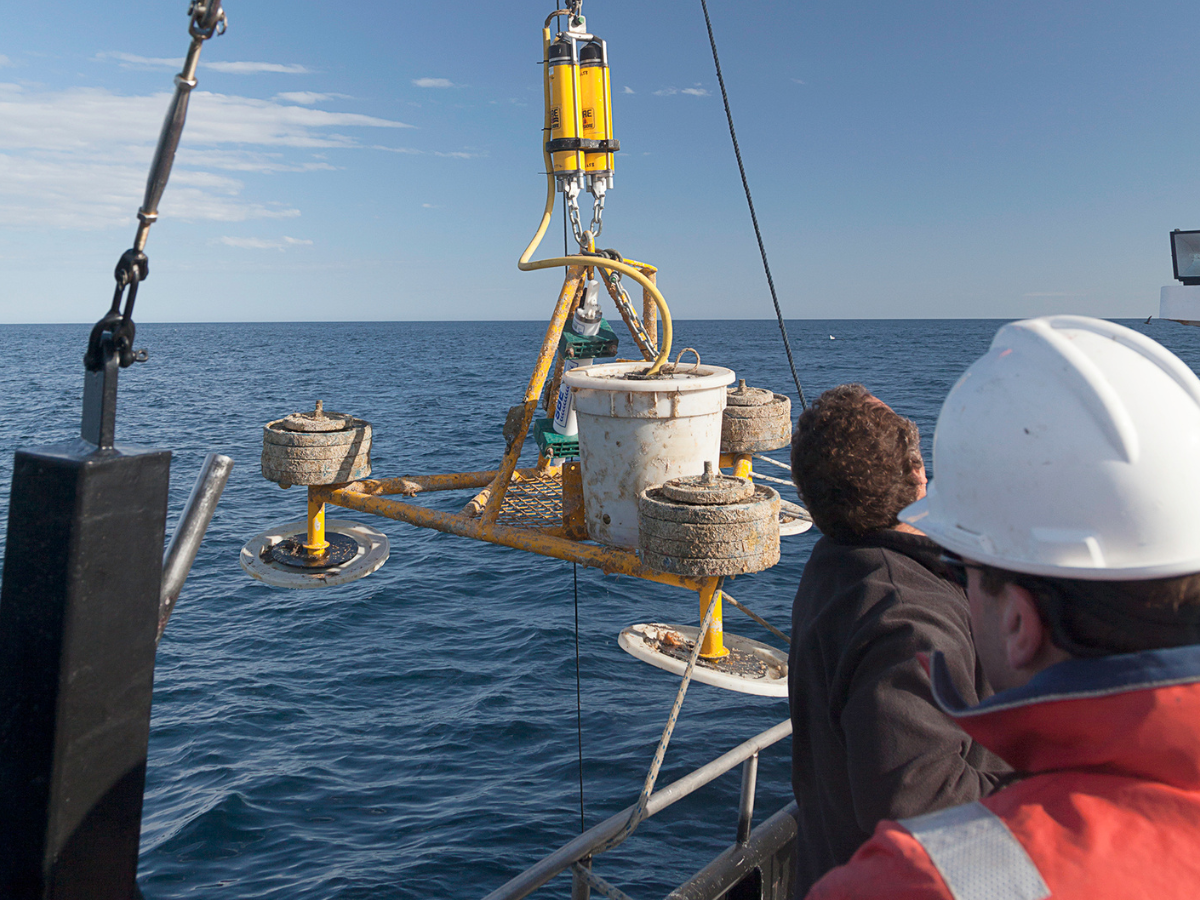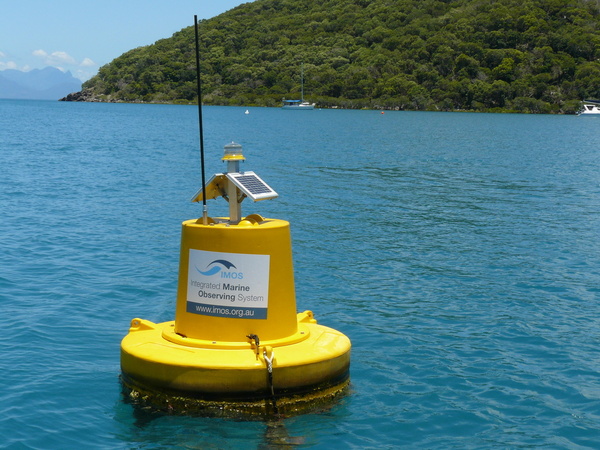Environmental DNA
Environmental DNA
Environmental DNA (eDNA) metabarcoding, where DNA from the environment is sequenced to identify multicellular organisms, is revolutionising biodiversity and biosecurity monitoring. The IMOS eDNA sub-Facility will use water samples collected for the Marine Microbiome Initiative to measure the biodiversity of a range of marine taxa including invertebrates and fish.
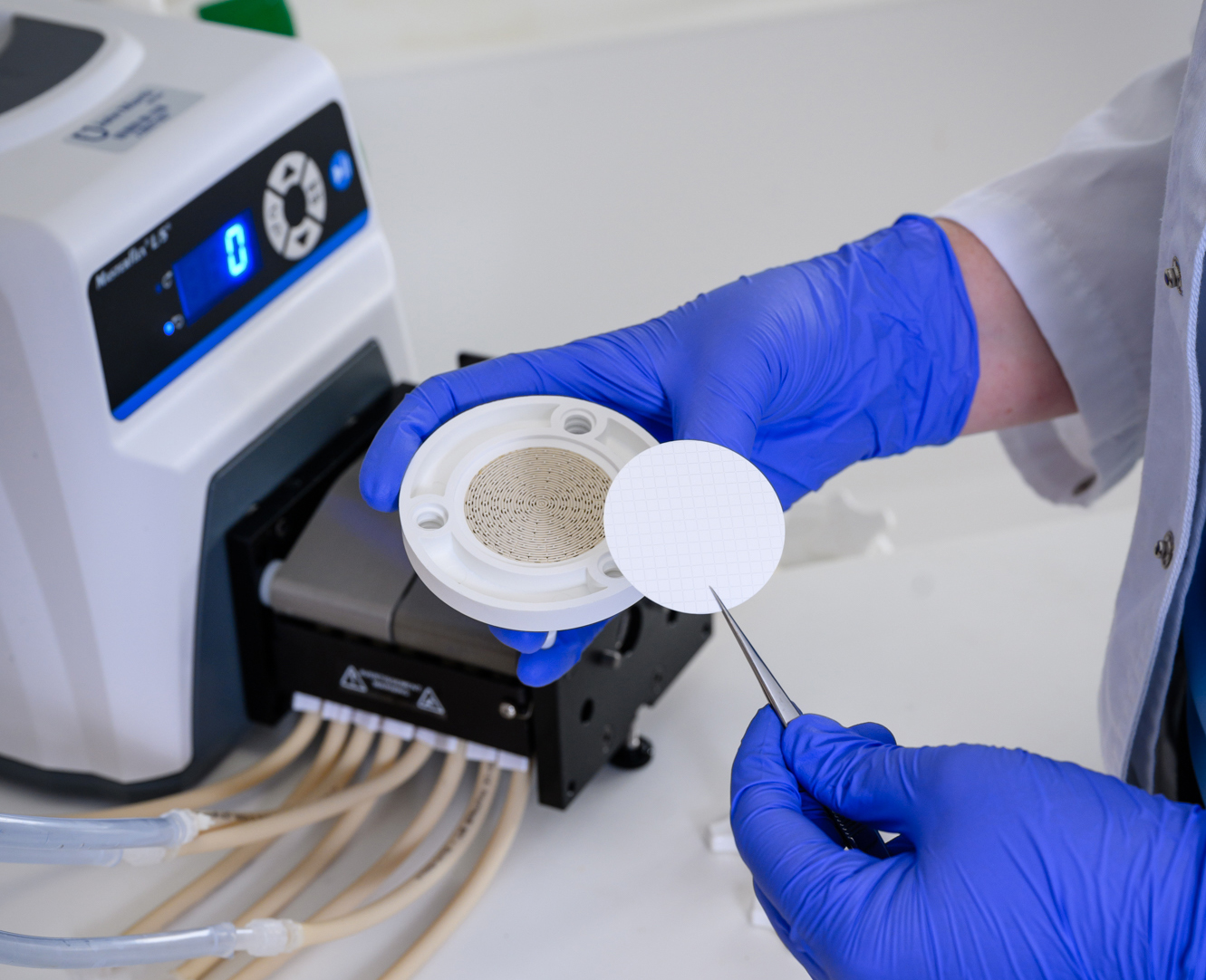
 Miles Noel
Miles Noel
How it works
Filtered water samples are collected from the National Reference Stations located in Australia’s coastal oceans and the Southern Ocean Time Series mooring in the sub-Antarctic Zone for the Marine Microbiome Initiative. Sampling of zooplankton biomass from IMOS National Reference Stations is also included, providing an additional metazoan component of the pelagic ecosystem.
By adapting well-established field, laboratory, and bioinformatic workflows in place for microbes, the samples will be analysed using multiple genetic markers to detect DNA from larger organisms. The DNA sequences obtained will then be compared with reference databases to identify the species present in each area.
Why it’s important
Detailed biological information about the condition of the ocean is difficult to collect at scale. eDNA can change this, and provide decision makers with large-scale insights into biological patterns and processes. Researchers, industry, and governments are increasingly incorporating eDNA surveys into their toolkits for biomonitoring as it provides high resolution data for biodiversity assets and priority biosecurity threats.
Key data streams
Select a key data stream to view all IMOS Facilities that collect that data.
Useful Information
Acknowledging IMOS
Users of IMOS data are required to clearly acknowledge the source material by including the following statement:
Australia’s Integrated Marine Observing System (IMOS) is enabled by the National Collaborative Research Infrastructure Strategy (NCRIS). It is operated by a consortium of institutions as an unincorporated joint venture, with the University of Tasmania as Lead Agent.
